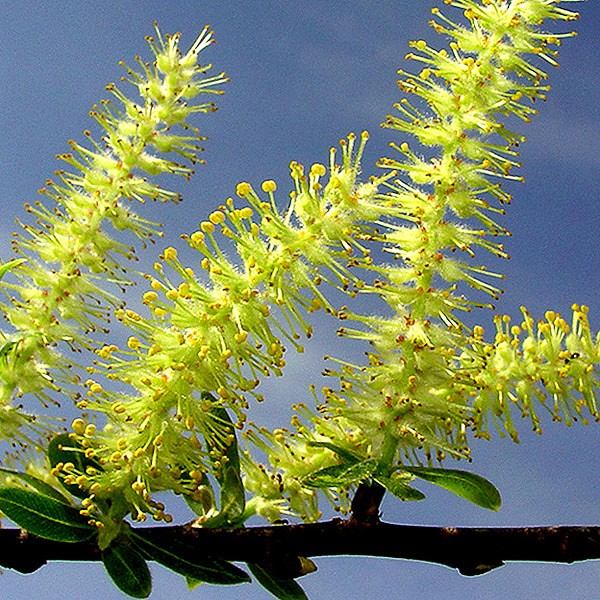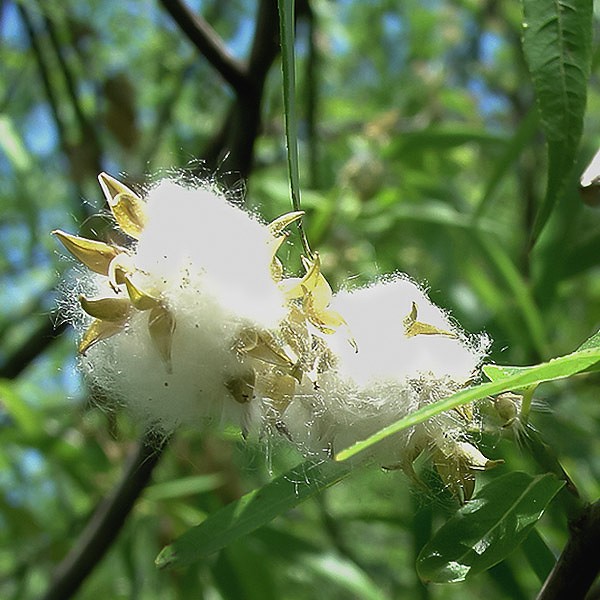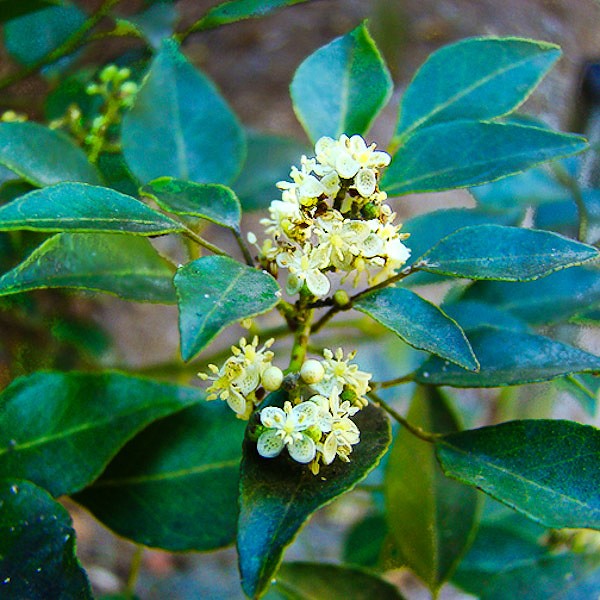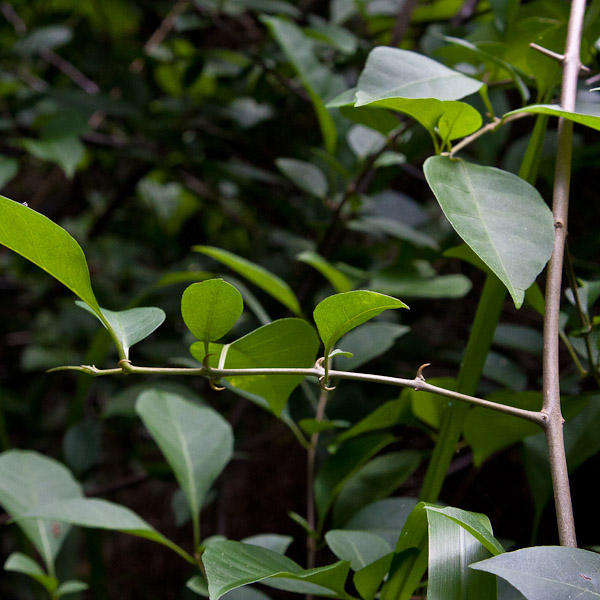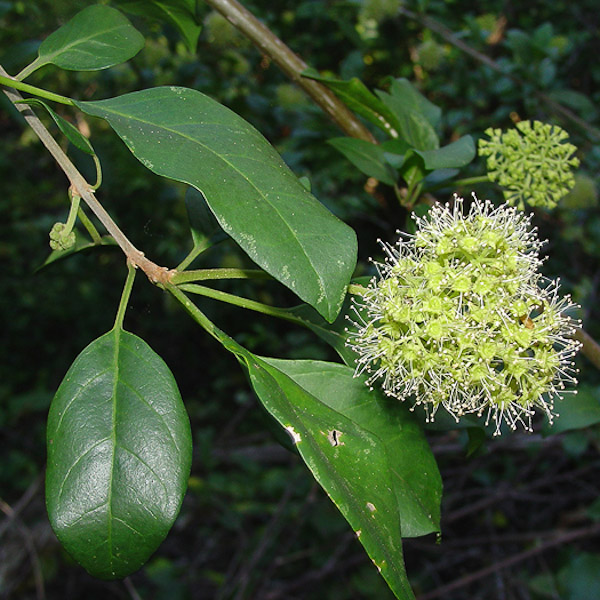Cabbage Palm
Sabal palmetto
Arecaceae
Saturday morning it is, and how relaxing it is to relax! This week classes started at PBSC; so did John’s and my “MOOC” on Native Plants. In the first week of school broad topics set the academic context, one of those topics was persons of historical environmental interest in Florida. Few had the super-human powers of John Muir, arguably most famous for founding the Sierra Club in California (and for inventing an alarm bed to toss you out of the sack in the morning). One of the many reasons I like him is our shared view of nature through just one eye. On his Thousand Mile Walk to the Gulf through still-smoldering Civil War rubble, John M. hiked across Florida via Gainesville with a layover ill at Cedar Key not long before fatherhood, the High Sierra, and enviro-glory.
The 1000-mile walk included a boat ride. He landed at Fernandina as a lonesome, hungry, and frostbitten Wisconsonite to find an uplifting thrill upon spotting his first palm. In his words:
It was while feeling sad to think that I was only walking on the edge of the vast wood, that I caught sight of the first palmetto in a grassy place, standing almost alone. A few magnolias were near it, and bald cypresses, but it was not shaded by them. They tell us that plants are perishable, soulless creatures, that only man is immortal, etc.; but this, I think, is something that we know very nearly nothing about. Anyhow, this palm was indescribably impressive and told me grander things than I ever got from human priest.
I’m more jaded. The grand thing my backyard Cabbage Palm says is, “clean up my fallen debris.” But looking back a few years, I recall excitement as a northern kid peering out the back seat window through a cloud of my Dad’s pipe smoke and spotting that first palm tree upon arriving on a Florida vacation. (Don’t they plant some at the state line?)
The geographic distribution covers most of peninsular Florida, truncated abruptly along a line across North Florida, with razor-thin ribbons extending along the Gulf Coast in the Panhandle, and far up the east coast to North Carolina in the Caribbean too.
As Florida’s state tree, Cabbage Palms are known well as sources of fiber and thatch, as having the persistent leaf bases harboring epiphytes and creatures, as feeding berries to wildlife and ancient humans, and as having their terminal buds (“hearts”) tasty and apparently responsible for the name “Cabbage” Palm.
Now for something less generally familiar—a feature known in plant nurseries and studied biologically in the 90s by biologists K. McPherson and K. Williams (see esp. Am. Jour. Bot. 83: 1566-1570. 1996).
Young Cabbage Palms face a rough world… hurricanes, flooding, drought, frost, shade, hogs, rampaging hippos, and fire. That’s all pretty threatening if you have just one growing bud. Consequently they and additional palms evolved a secret adaptation. After germination, the trunk does not rise and prosper like a normal plant. Instead, it burrows downward, sometimes as deep as a meter, before executing a U-turn to eventually come forth above the ground. The growth is J-shaped with trunkless leaves jutting above the ground surface. (The related Sabal minor most often hides its trunk permanently below ground or nearly so.)
We’re not talking about a momentary delay. The belowground trunk establishment phase reportedly takes usually 30-60 years or more under wild conditions (maybe 7-20 years in favorable cultivation). The trunk from a seed germinated when I was peering out that car window in 1960 may just be breaking ground now. A stand of Cabbage Palms can be wiped out above-ground and recover just dandy from others still in the subterranean trunk phase. Or seen differently, starting a Cabbage Palm stand from seed will require patience. Plant the seeds while you are young for your gray-haired grandchildren.



